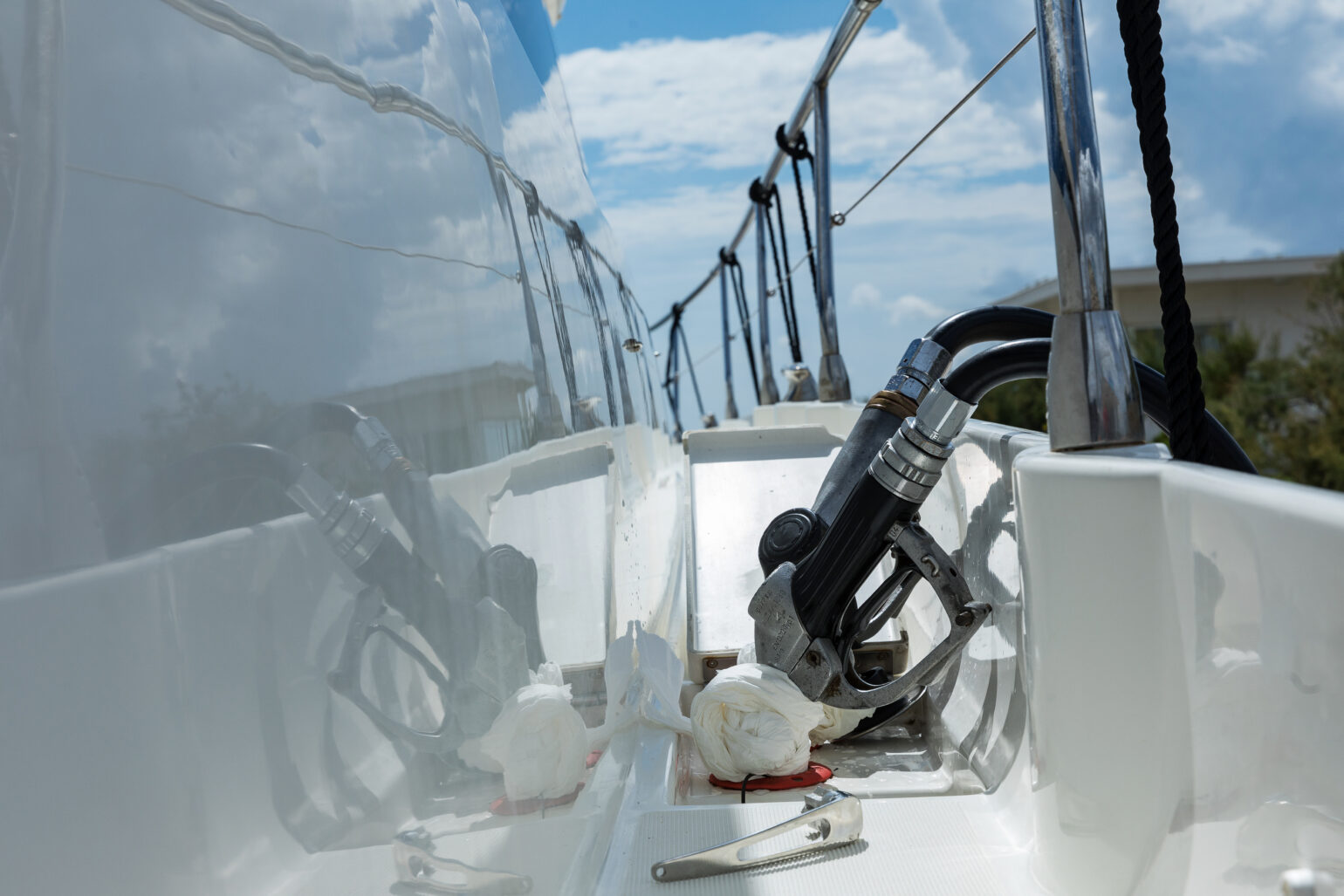
Working in the marine industry, you’ll no doubt have a love of being on the water and the health of our oceans. Eco-friendly yachting practices have been at the centre of much discussion over recent years and for good reason. According to the Guardian, it has been estimated that a superyacht with permanent crew members, a helicopter pad, submarines and swimming pools will emit around 7,020 tonnes of carbon dioxide in just a year. This is more than 1,500 times higher than your typical family car. There’s no doubt that the yachting industry is having a substantial impact on our beloved oceans and the environment. When considering a more sustainable future for our planet, the marine industry has had to take a step back and evaluate the need for change.
In recent years, collective action has been taken within the yachting industry to account for more sustainable practices, and attitudes are beginning to change towards prioritising eco-friendly solutions – particularly when it comes to fuel bunkering. While many shipyards are looking at solutions using new fuels such as blue methanol or even hydrogen, we must still account for the yachts on the water that are not easily able to convert to using these fuels. Undeniably, there are still many differences of opinion when it comes to the topic of sustainable marine fuel, which is why around 99.9% of yachts are using diesel as their primary fuel on board. We’re going to be taking a deeper look into what we – as yacht owners, captains and crew members – can do to promote a sustainable future in the world of yachting. Let’s start with the opportunities and obstacles that come into play when considering various types of fuel for your yacht.
Diesel is primarily used on board many yachts due to its lower sulphur content and wide availability. Despite yachts using the ‘cleaner’ Automotive Gasoil (AGO commonly referred to as diesel), using AGO as a yacht fuel is ultimately still having a detrimental effect on the environment. Biodiesels would, on the face of it be a suitable alternative fuel for the majority of the existing fleet of yachts, but it is important to understand what type of biofuel is available and what the pros and cons of the specific types are. Using 1st generation biofuel, or FAME (Fatty Acid Methyl Ester) as a sustainable fuel can result in reduced greenhouse gases and sulphur emissions, however, FAME comes with many complications when used on a yacht. This alternative has an affinity for water and therefore a higher risk of microbial growth. For this reason, the majority of AGO that has been supplied to yachts is specified as FAME-free despite the European specification for AGO, EN590 allowing for up to 7% FAME content.
If you’re considering opting for FAME for your vessel, you should be aware that it has a different chemical composition to conventional diesel and therefore is not easily used as a drop in fuel. Alongside the aforementioned risk of microbial growth, FAME also tends to oxidise and therefore fosters long-term storage issues. This alternative also runs the risk of degraded low-temperature flow properties and FAME material deposition on exposed surfaces. This could mean single-season yachts would either need an alternative fuel, or a far more intensive fuel cycling regime for periods where the yacht is not in use and yachts cruising in cold waters would also potentially need to find an alternative fuel. These disadvantages have meant that many yachts will avoid utilising FAME completely.
Although FAME may not be suitable for yacht bunkering, 2nd generation biofuels Hydrotreated Vegetable Oils (HVO) have far fewer obstacles for use. Unlike FAME, HVO has the same chemical composition as AGO and can be blended with all types of conventional gasoil. As such, it is already possible to source gasoil with differing levels of HVO content. B30 gasoil denotes 30% HVO content, B40 40% and so on, all the way up to B100 which is 100% HVO. This means that while availability for HVO is still growing, yachts can take on HVO where and when it is available, but switch back to conventional gasoil when it’s not. While HVO also has much better resilience when stored, for those single-season yachts worried about long periods of inactivity, they can still switch back to conventional diesel when the yacht is lying dormant through the winter.
However, even HVO has its downsides. HVO can be produced from a variety of feedstocks, including; rapeseed oil, sunflower oil, soybean oil, corn oil, palm oil, waste cooking oil, tall oil, and animal fats. When we consider the emissions of the complete lifecycle of the fuel, from production through to the fuel being consumed in the yacht, or ‘well-to-wake’ (WTW) emissions, it is only the waste product feedstocks such as used cooking oil (UCO) where we see a significant reduction in WTW emissions. Currently, UCO HVO has a financial premium associated with it, but as demand increases so will competition for supply, which will result in pricing becoming more competitive.
The topic of the sustainability of yacht fuel is commonly debated, and the maritime industry is still waiting on a faultless solution. Developing new power distribution and propulsion systems that can run on new evolving greener fuels are of course a step in the right direction, yet they don’t account for the staggering number of yachts already in operation that aren’t compatible with such solutions. Therefore, choosing the right fuel type for your vessel, while also keeping sustainability at the forefront of your mind, is the only current solution. Avoid simply opting for lower-costing fuels such as standard diesel, and consider switching to a suitable environmentally cautious fuel alternative instead.




